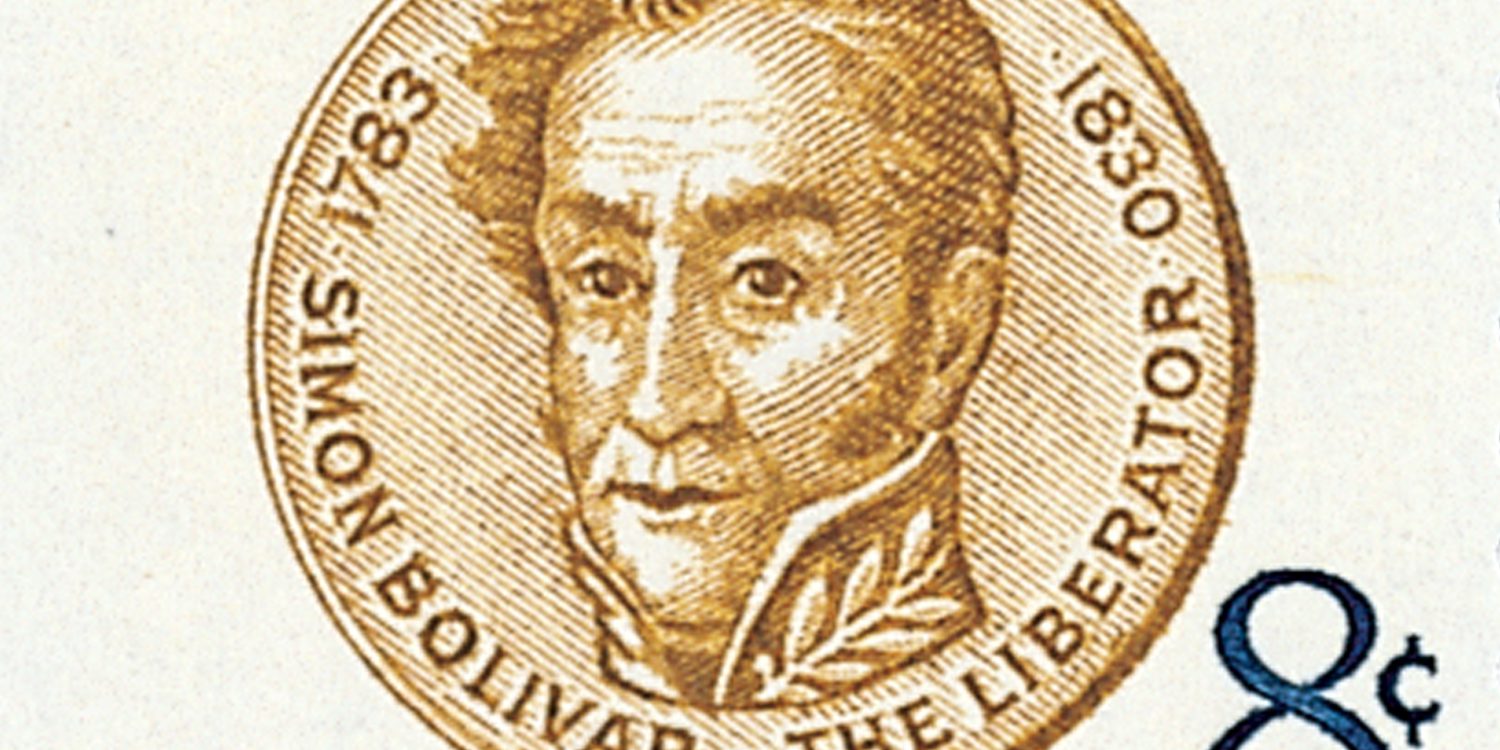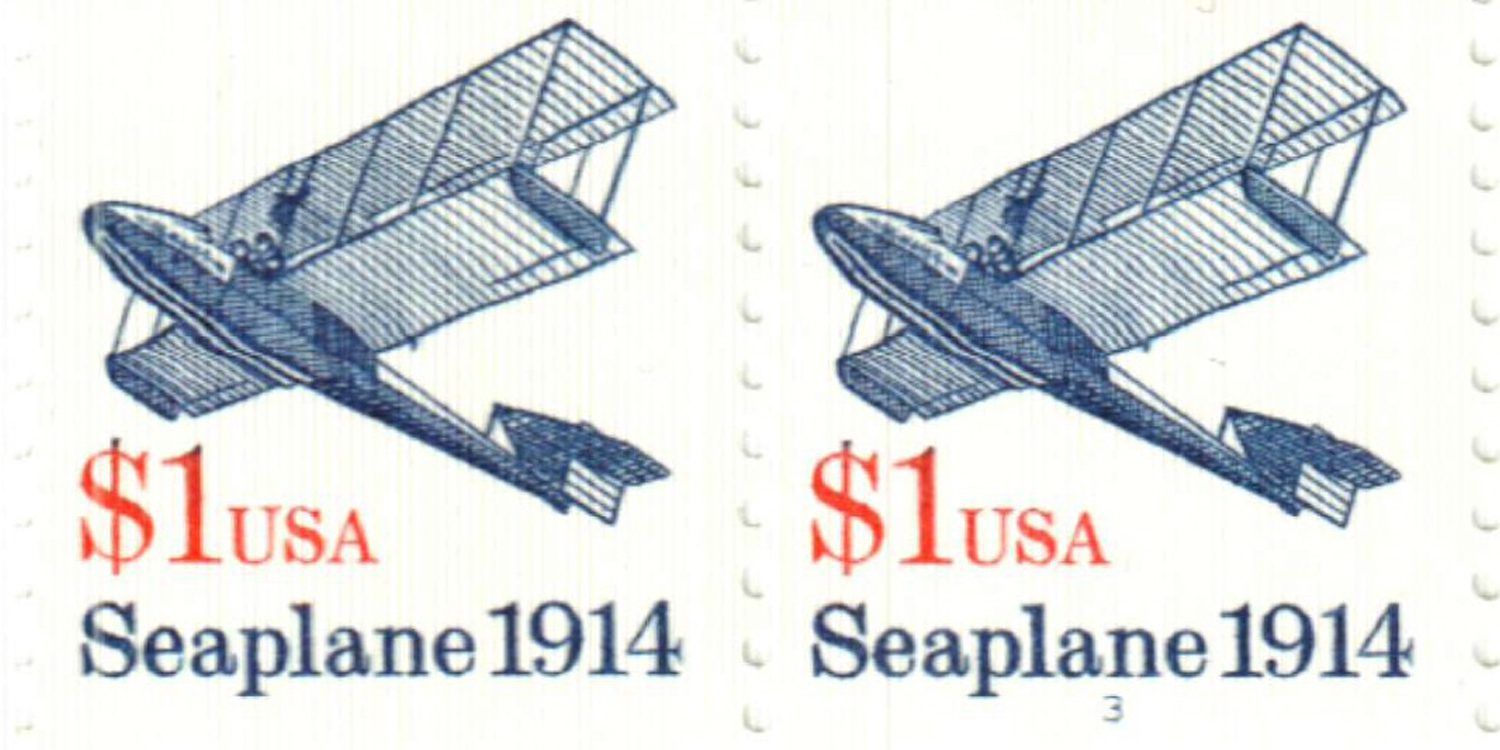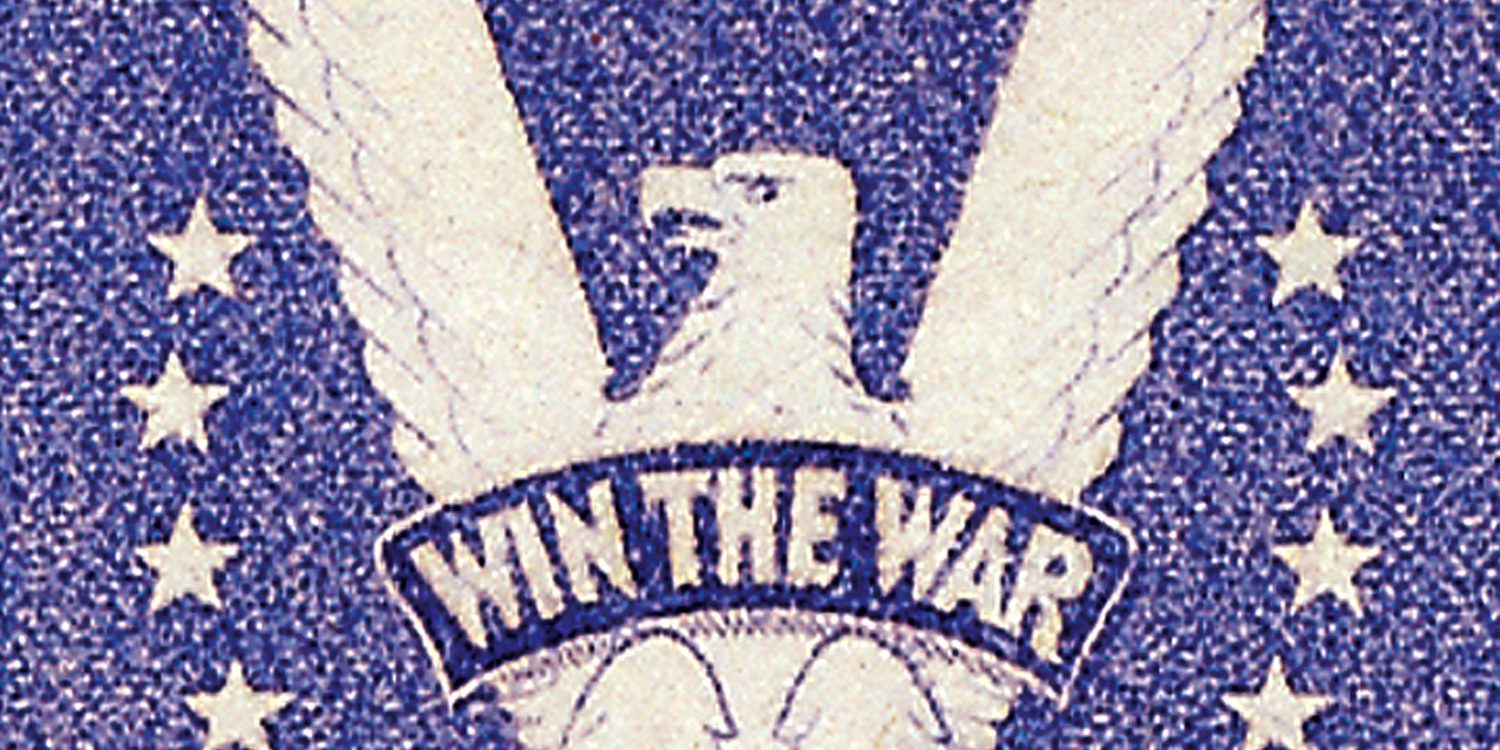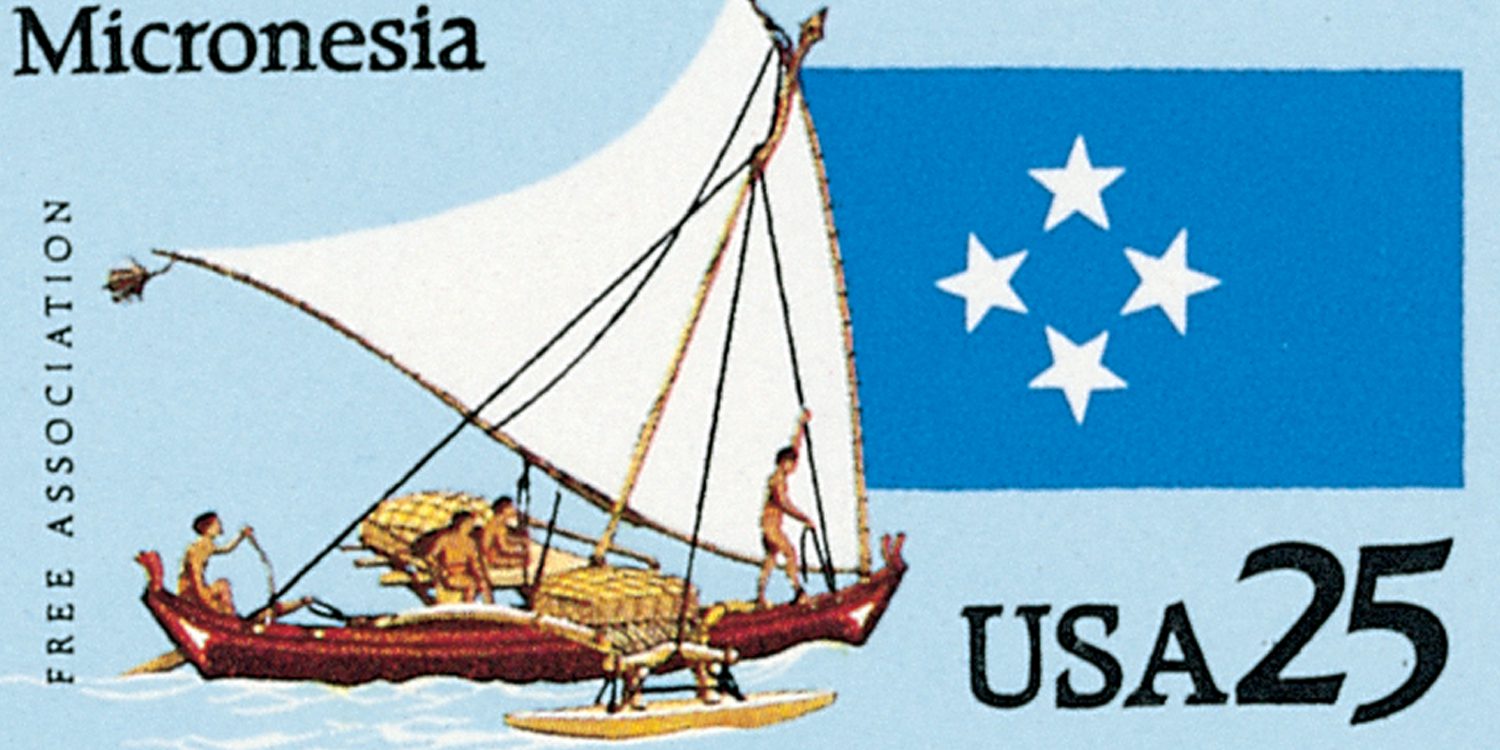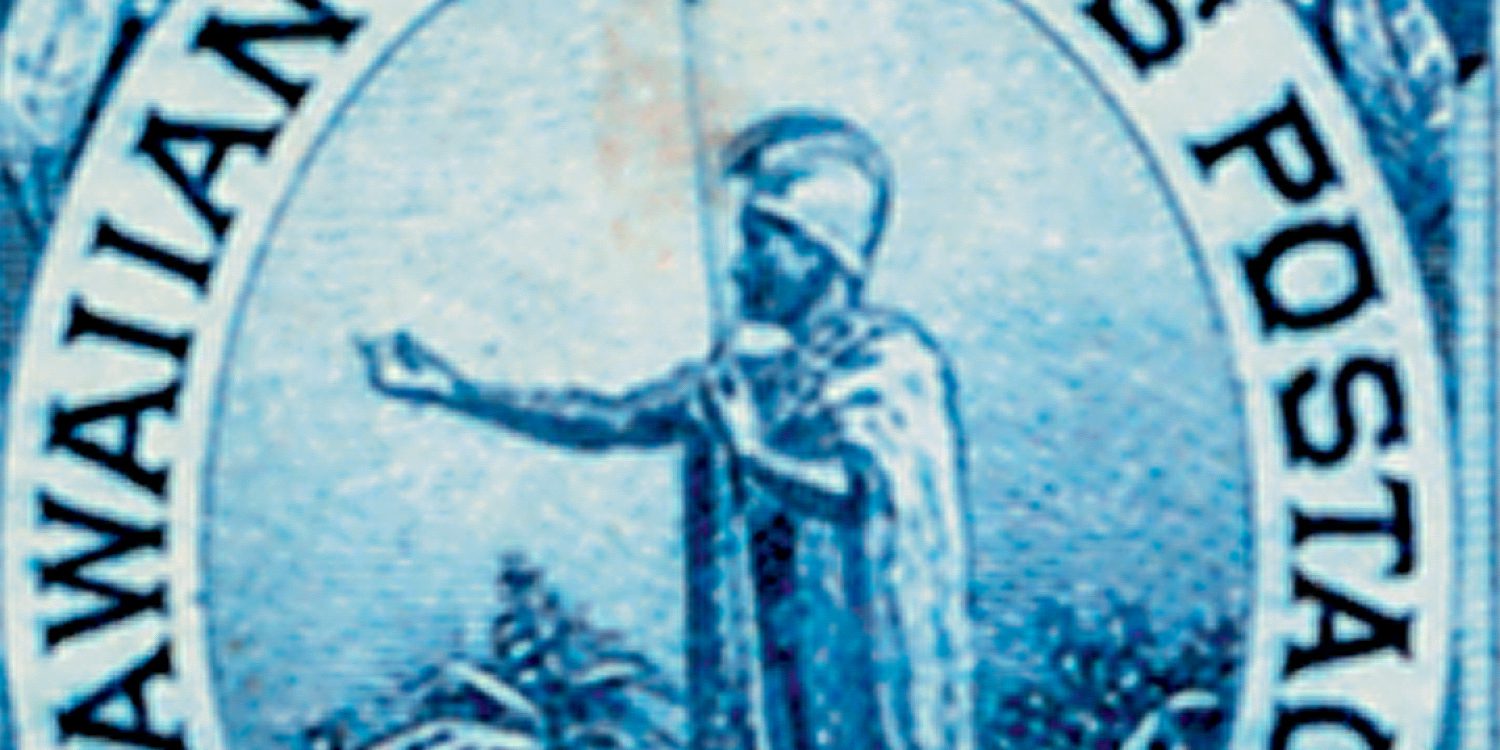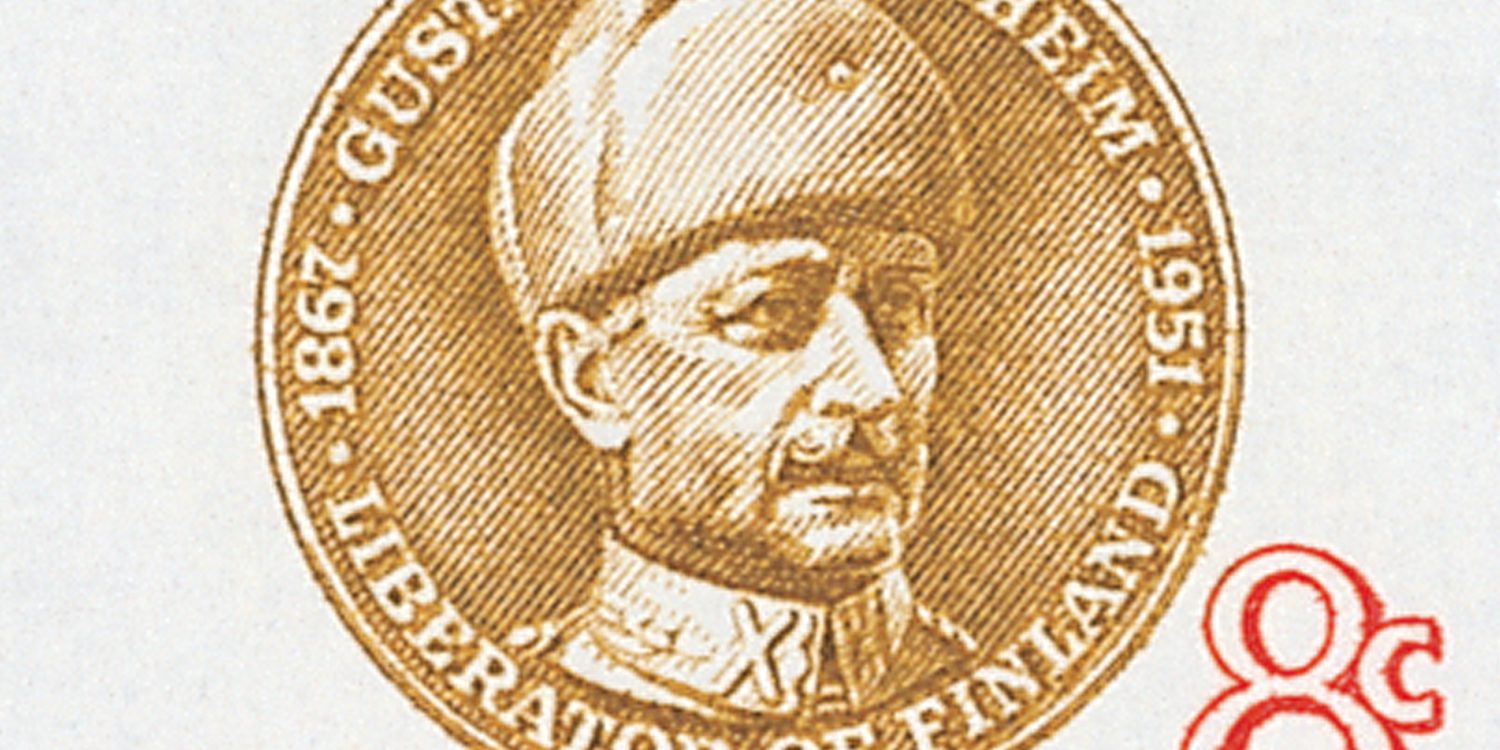Birth of Simón Bolívar
Military and political leader Simón Bolívar was born on July 24, 1783, in Caracas, New Granada (present-day Venezuela). He led a campaign that freed Venezuela, Ecuador, Bolivia, Peru and Colombia from Spanish rule, earning him the nickname El Libertador (The Liberator). His birthday is also a national holiday in Venezuela.

